Rising Prevalence of Nystagmus
The increasing prevalence of nystagmus is a notable driver in the Nystagmus Market. Recent estimates suggest that nystagmus affects approximately 1 in 1,000 individuals, with variations in prevalence based on age and underlying conditions. This rise in cases necessitates enhanced diagnostic and therapeutic options, thereby propelling market growth. As awareness of nystagmus expands, healthcare providers are more likely to recognize and diagnose the condition, leading to a greater demand for specialized treatments. Furthermore, the aging population, which is more susceptible to vision disorders, contributes to the growing number of nystagmus cases. Consequently, the Nystagmus Market is poised to experience significant growth as healthcare systems adapt to meet the needs of this demographic.
Advancements in Diagnostic Technologies
Technological innovations in diagnostic tools are transforming the Nystagmus Market. Enhanced imaging techniques, such as high-resolution optical coherence tomography and advanced electrophysiological tests, allow for more accurate and timely diagnosis of nystagmus. These advancements not only improve patient outcomes but also facilitate earlier intervention, which is crucial for effective management of the condition. The market for diagnostic devices is projected to expand as healthcare providers increasingly adopt these technologies. Moreover, the integration of artificial intelligence in diagnostic processes may further streamline the identification of nystagmus, leading to a more efficient healthcare delivery system. As a result, the Nystagmus Market is likely to benefit from these technological advancements, fostering growth and innovation.
Increased Focus on Patient-Centric Care
The shift towards patient-centric care is influencing the Nystagmus Market significantly. Healthcare providers are increasingly prioritizing the needs and preferences of patients, leading to the development of tailored treatment plans. This approach enhances patient satisfaction and adherence to treatment regimens, which is essential for managing nystagmus effectively. Furthermore, the emphasis on holistic care encourages the integration of psychological support and rehabilitation services, addressing the multifaceted challenges faced by individuals with nystagmus. As patient advocacy groups gain traction, they are likely to influence healthcare policies and practices, promoting greater awareness and resources for nystagmus management. Consequently, this focus on patient-centric care is expected to drive growth in the Nystagmus Market.
Regulatory Support for Innovative Therapies
Regulatory bodies are increasingly supportive of innovative therapies in the Nystagmus Market. Streamlined approval processes for new treatments and devices are encouraging pharmaceutical companies to invest in the development of novel solutions for nystagmus. Initiatives aimed at expediting the review of breakthrough therapies are particularly beneficial, as they facilitate quicker access to effective treatments for patients. This regulatory environment fosters a climate of innovation, allowing for the introduction of cutting-edge therapies that may significantly improve patient outcomes. As a result, the Nystagmus Market is likely to experience accelerated growth, driven by the influx of new products and therapies that meet the evolving needs of patients.
Growing Investment in Research and Development
Investment in research and development (R&D) is a critical driver for the Nystagmus Market. Pharmaceutical companies and research institutions are increasingly focusing on developing novel therapies and treatment modalities for nystagmus. This trend is evidenced by the rising number of clinical trials aimed at exploring new pharmacological agents and surgical interventions. The financial commitment to R&D not only enhances the understanding of nystagmus but also leads to the discovery of more effective treatment options. As new therapies emerge, they are expected to capture market share, thereby stimulating growth within the Nystagmus Market. Additionally, collaborations between academia and industry are likely to accelerate innovation, further propelling the market forward.


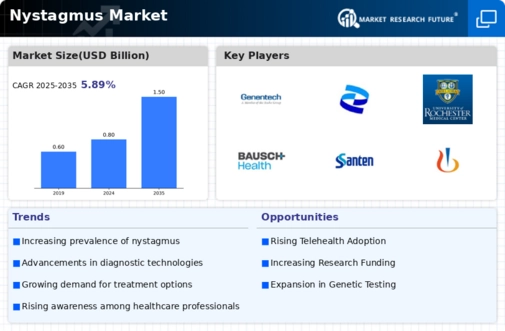
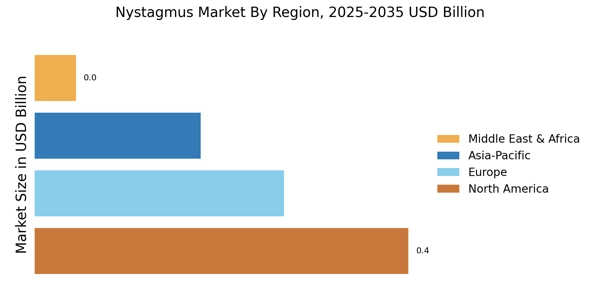
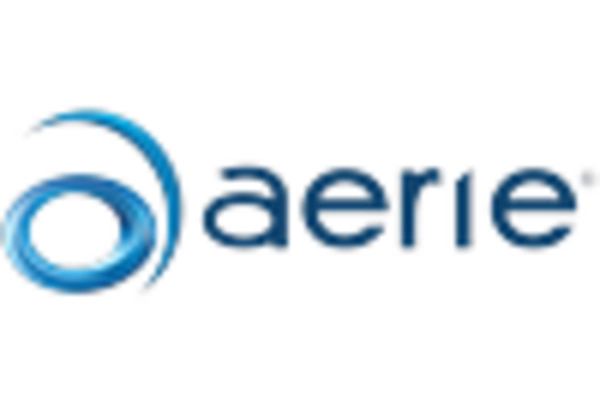
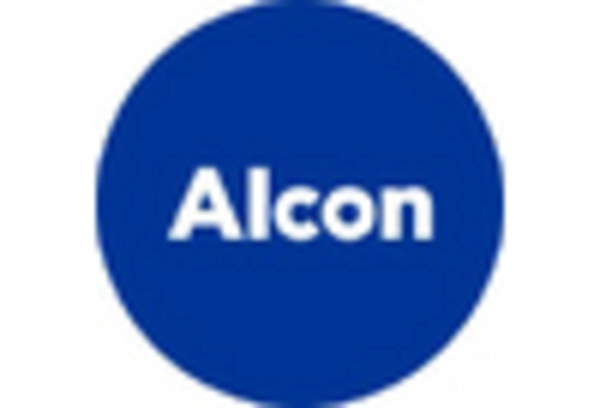
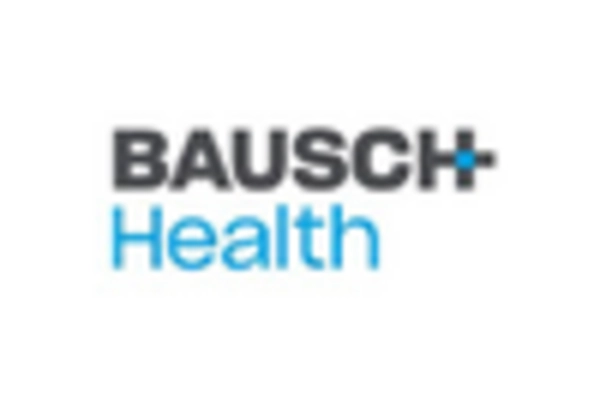
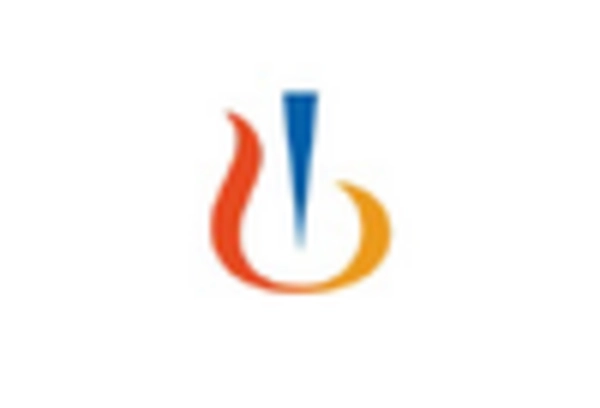
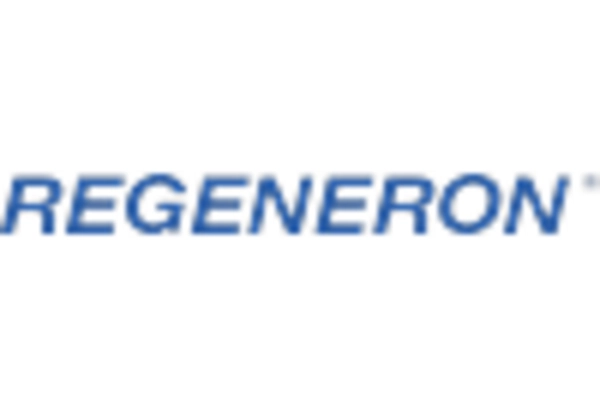
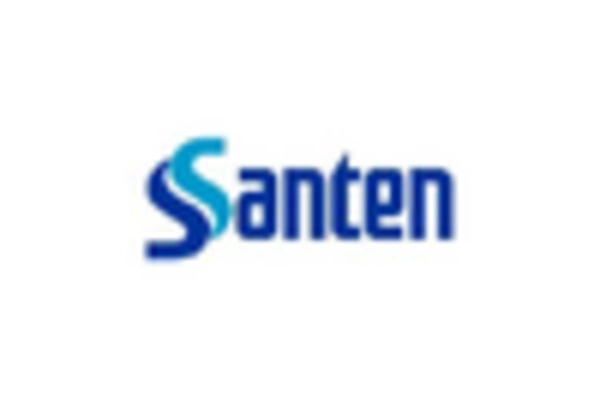








Leave a Comment